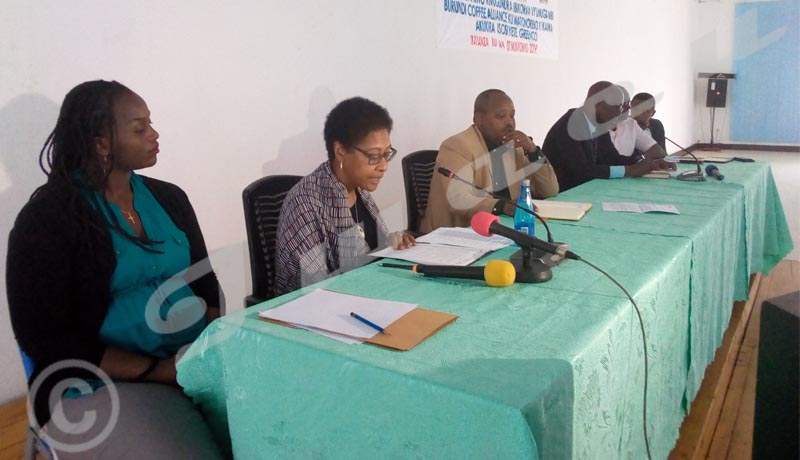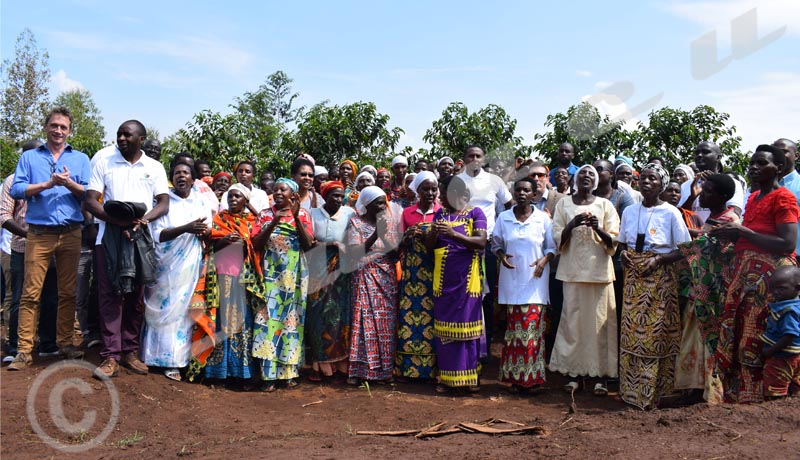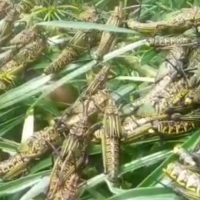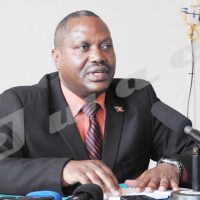In order to increase coffee production in quantity and quality, Kahawatu launched on Thursday, 7 November 2019, the activities of the Burundi Coffee Alliance (BCA) project in the area where Green Coffee (Greenco) operates.

Launch of Burundi Coffee Alliance (BCA) project activities
“The project aims at increasing the production of coffee in terms of quantity and quality, create a favorable environment for production, strengthen extension services through good agricultural practices, and increase household incomes,” said Eunice Reddick , US Ambassador to Burundi.
According to her, the public and private partnership between USAID and Sucafina and Olam was established in September 2016. With its ambition to train 22,500 coffee growers from Ngozi, Karuzi, Gitega and Muyinga provinces, the project has already reached 26,734 farmers. She says to be satisfied with the rate of women’s participation in coffee growing at 34% and young people as well.
“I am very happy to welcome Greenco SU, which replaces Olam, in our partnership. I encourage it to reinforce its supervisory skills, especially since BCA aims to supervise 41,500 farmers with it. ”
She says she learned good things about this company, particularly in the production of specialty coffee. “This will certainly help to reverse the current trend of exports of commercial coffee, which is subject to many changes of global market prices for specialty coffee, which would boost Burundi’s revenues.”
For his part, Anicet Ndayizeye, Governor of Kayanza province, thanked the United States for its multifarious support for Burundi and his province.
According to him, Burundi Coffee Alliance (BCA) is an important project for coffee growers. “We ask them to take over ownership and we call for massive support for this project.” He promises to support it to achieve its goals.
BCA, an innovative project
According to Bruce Olivier Ntwari, Country Representative of Kahawatu, two approaches are used. The Farmer Field School (FFS) approach based on groups made up of 20 to 30 coffee growers and volunteers grouped into the FFS to follow technical and practical training on coffee growing. The approach’s objective is to help farmers observe all the interactions around coffee and identify its potentialities, experiment technical solutions to production problems and appropriate good technical practices for sustainable management of coffee farms. This approach facilitates the learning and reasonable integration of good coffee agriculture practices while taking into account the innovative practices, capacities of coffee growers and resources available and ultimately leads a healthy and sustainable coffee growing.
Success factors

Family Photo of RAMA- Dufatanemunda members with Eunice Reddick, US Ambassador to Burundi and Bruce Olivier Ntwari, Kahawatu country representative
This approach empowers the whole household and membership is free, voluntary and takes into account their neighborhood. “The members of the groups express the desire and dynamism to participate in their own development based on the coffee culture.”
According Mr. Ntwari, the leaders of the groups are chosen by the coffee farmers themselves and contribute significantly to the implementation of good production techniques and accompany members in the good running of FFS activities. These schools are established near members and family farms and local resources are privileged.
The gender dimension is taken into account. “Women and youth as well as men serve as community leaders and occupy important positions to effectively engage in the process of revitalizing coffee.”
The second approach is the VSLAs (Village Savings and Loans Association). It is complementary and integrates into the overall intervention approach to meet the challenges related to the investment of coffee growers and the organizational management of their groups. It enables coffee growers to make savings, access credit, create, manage income generating activities and diversify sources of income, strengthen their investment power and social cohesion and organize their groups well.
Co-funded by USAID (50%), Bugestal / Sucafina (25%), Greenco (25%) and a two-year term, Ntwari hopes that by BCA, coffee production will increase qualitatively and quantitatively.
As an illustration, 40 thousand good quality seedlings are planned to renovate old plantations. At least 85% of the production of cherry coffee A, training of 833 producer groups on the modules of the national guide, 120 collection centers, etc. are expected.
An impact already visible on the ground
584 groups of coffee growers have already been created with 16,350 beneficiaries, 29% of whom are women and 19% are the youth.
Three associations of young farmers were set up and three others for women, seven washing stations transformed into farmers’ centers with farmers.
14.3 77 members and nine stations are already certified. 128 collection centers are managed by leaders who are also coffee growers. Regarding the release of household income, 345 groups were transformed into VSLA groups and 7,454 farmers of whom 3,304 are women had access to savings and credit.
2,354 farmers including 908 farmers are trained on financial education. The savings amounted to BIF 472,562,760 and the credits given amounted to BIF 742,601,280. For communal revenues, for example, in the Bugestal area, the increase is of 60%, etc.
On Friday, November 8, 2019, Eunice Reddick, US Ambassador to Burundi visited 131 women of the association RAMA–Dufatanemunda in Mubuga locality of Ngozi commune in Ngozi province. They take care of over 1500 coffee trees since 2015.
She also went to Cihonda locality in Gashikanwa commune where Charles Ndayizeye, a modern coffee grower, supervises 30 farmers, all under the coaching of Kahawatu.


















 IWACU Open Data
IWACU Open Data

